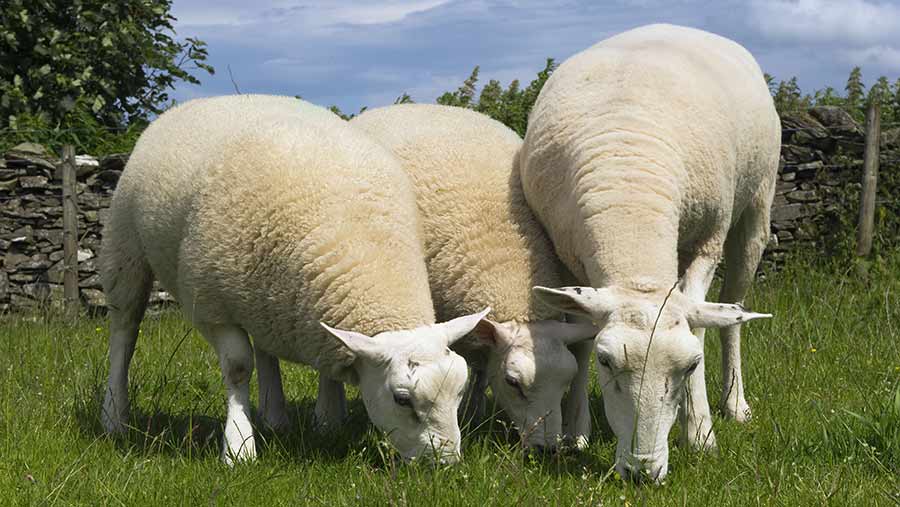Test to detect incurable sheep cancer in development
 © Design Pics Inc/Rex Shutterstock
© Design Pics Inc/Rex Shutterstock Flocks could have the chance to be accredited for a fatal and incurable lung cancer if new, more accurate tests can be devised to detect the virus earlier.
Researchers can identify advanced ovine pulmonary adenocarcinoma (OPA) or Jaagsiekte through ultrasound if tumours are 2cm or greater, although steps are being taken to analyse gene expression to enable test-and-cull in affected flocks.
According to leading researcher Dr Chris Cousens of the Moredun Institute, OPA is a “major threat” to the industry.
“The longer sheep have the disease the more weight they lose after becoming clinical and at that point it is the farm that foots the bill to have them taken away”
Chris Cousens, Moredun Institute
It is believed to affect more than 10% of Scottish flocks and is capable of killing 20% of an infected flock in one year.
See also: Find out more about sheep health and disease
Accurate tests could provide assurance that sheep purchased were OPA free, reducing transmission into OPA-free farms and ultimately allowing farms to eradicate the disease.
“It is an infection that has been around a long time, but we have a limited picture of its impact on the industry as we often only work with farmers who have a clear problem,” Dr Cousens told Farmers Weekly, adding that hard-culling policies were one of the few measures to address the disease.
“We typically find that farms identify they have a problem with OPA at autumn and lambing time, but we suspect this is due to the requirements placed on sheep at this time, coupled with the greater scrutiny of sheep at these high priority periods.”
Spread in air, milk and colostrum, OPA is notable as it is a cancer caused by a virus, causing lung cells to become cancerous and produce more virus, which can then be passed on to new areas of the lung or to new sheep or goats.
OPA does not spread between humans and other animals.
Economic losses can be minimised with early identification and culling, with Dr Cousens stressing that early-infected ewes retain some carcass value.
“The longer sheep have the disease the more weight they lose after becoming clinical and at that point it is the farm that foots the bill to have them taken away,” warned Dr Cousens.
Tell-tale signs
- Panting and puffing
- Thin sheep
- Flow of mucous from the lungs out of the nose
Moredun’s research is exploring potential “biomarkers” for the condition, in this case a measure of how gene expression is altered in lungs.
Blood screening is largely dismissed as a test for OPA as there is no antibody response to the virus, addded Dr Cousens.
“We know we can diagnose sheep where the tumour is 2cm or bigger but smaller and it becomes less specific – how small can we go?
“We don’t know how quickly sheep go down with OPA and a negative scan does not mean all flock are safe, it just means, on the day, there were no tumours bigger than 2cms.”
